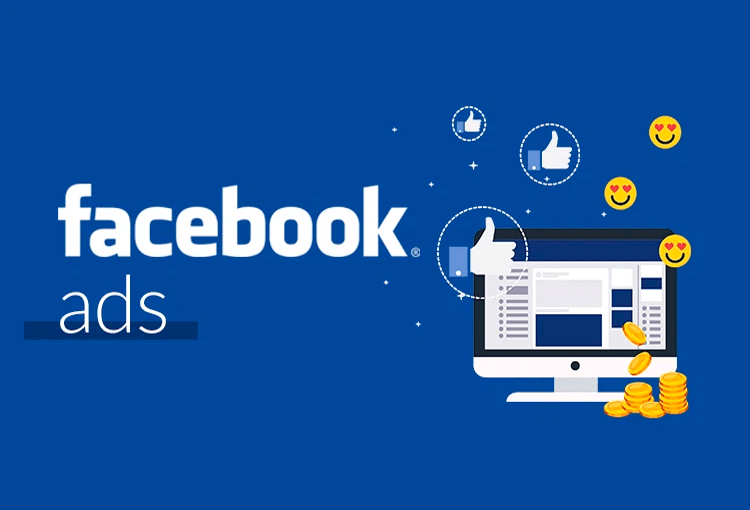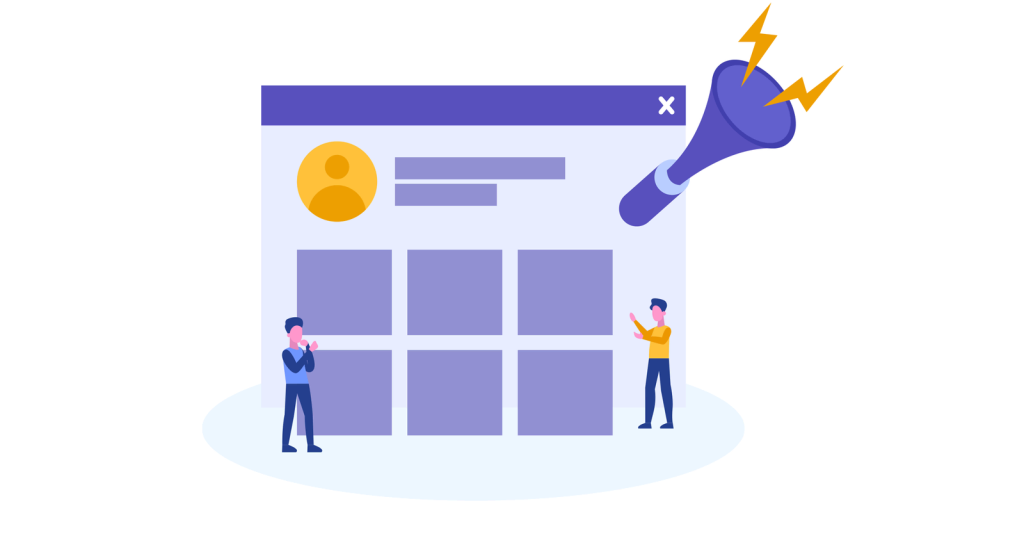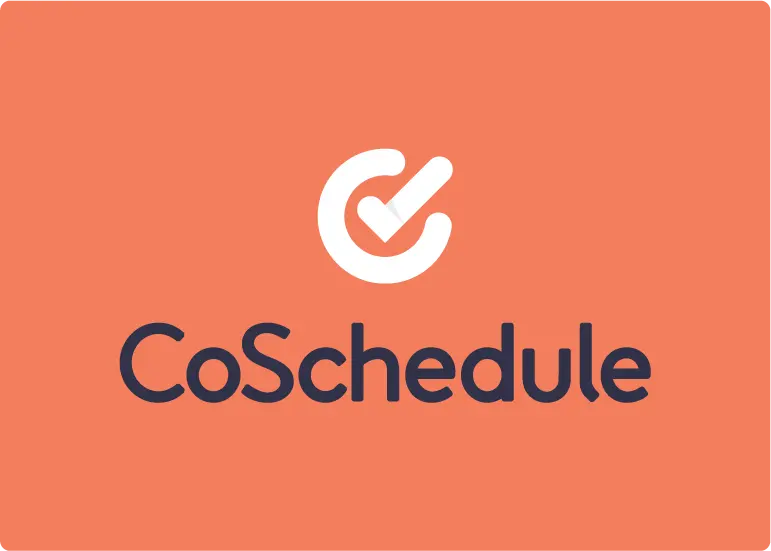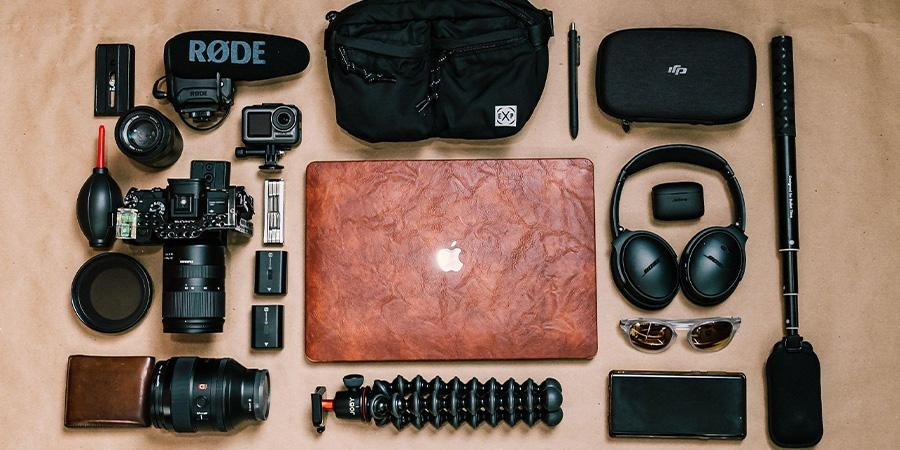Nowadays in the digital world, where social media platforms are highly visual, influencers rely on the power of imagery to capture attention, engage audiences, and drive brand collaborations. The role of visual aesthetics in influencer marketing is more critical than ever before. Whether you’re on Instagram, YouTube, or TikTok, a cohesive and captivating visual style can set you apart and attract loyal followers and brands alike.

Here are some key insights into the role of visual aesthetics in influencer marketing, along with actionable tips to ensure your content stands out.
1. Why Visual Aesthetics Matter in Influencer Marketing
Visual aesthetics aren’t just about making your content look appealing; they communicate your brand identity and storytelling in an instant. Since social media users scroll through endless posts, having a strong visual appeal helps grab their attention quickly. The first impression counts, and often, it’s the visual aspect that makes users pause, engage, and explore further.
A well-developed visual style not only helps build a recognizable personal brand but also conveys professionalism, making it more likely that brands will want to collaborate with you. Consistent and eye-catching visuals also foster trust and authenticity among your followers, which is critical for sustained growth in influencer marketing.
2. Define Your Aesthetic Style
Having a defined aesthetic makes your content immediately recognizable. Whether it’s the use of certain colors, filters, fonts, or photography techniques, your aesthetic style should align with your personal brand and appeal to your target audience.
Tips for Defining Your Style:
- Color Palette: Choose a consistent set of colors that reflect your brand. Bright, bold colors may appeal to younger audiences, while muted, neutral tones may work well for a minimalist lifestyle influencer.
- Photography and Videography Style: Are you more drawn to clean, minimal shots or vibrant, energetic visuals? Your photography or video style should reflect your personality and the message you want to convey.
- Filters and Editing: Use the same filters or editing techniques across your content to create a cohesive look. Apps like Lightroom and VSCO allow you to apply presets to maintain consistency.
By defining your aesthetic, you create a unique identity that helps your followers and potential brand partners understand what to expect from your content.
3. Cohesion Across Platforms
For influencers, maintaining a consistent visual aesthetic across multiple social media platforms is key. Whether you’re sharing stories on Instagram, uploading videos to YouTube, or posting updates on TikTok, the visual elements of your brand should remain cohesive.
Why Consistency Matters:
- Brand Recognition: A consistent aesthetic helps followers recognize your content immediately, even if they’re not directly on your profile.
- Professionalism: Brands and agencies will view your page as more organized and professional if your visuals are well thought out and consistent across all platforms.
- Trust Building: Consistency in visual style gives your audience a sense of reliability, which strengthens the bond they have with your brand.
Actionable Steps:
- Use similar color schemes, fonts, and editing styles on all platforms.
- Create branded templates for posts, stories, and thumbnails that reflect your visual identity.
- Align your photography and video quality to be uniform, even across different content types (e.g., Instagram posts, Reels, or TikTok videos).

4. Use High-Quality Visuals
While content is king, the quality of your visuals can make or break your success as an influencer. Audiences are drawn to clear, high-resolution images and videos, which also improve the perceived value of your content.
Tips for Producing High-Quality Visuals:
- Invest in Good Equipment: You don’t need the most expensive gear, but having a reliable camera, a good lighting setup, and editing software can elevate your visuals significantly.
- Lighting is Key: Natural lighting is ideal, but if you shoot indoors or in darker environments, invest in softbox lights or ring lights to ensure your content is well-lit.
- Framing and Composition: Pay attention to framing, balance, and symmetry in your photos or videos. Simple tweaks to your composition can make your visuals more engaging.
Ensuring that every image or video is crisp, clear, and well-composed can enhance your overall aesthetic and give your brand a polished, professional appearance.
5. Leverage Storytelling Through Imagery
Effective influencer marketing goes beyond pretty pictures—it’s about telling a story. Use your visuals to convey a narrative that resonates with your audience, whether it’s through behind-the-scenes shots, product demonstrations, or personal experiences.
How to Tell a Story Visually:
- Create a Visual Theme: Whether it’s through color, imagery, or set design, create a cohesive visual theme that ties into the story you’re telling.
- Authenticity is Key: Audiences are drawn to content that feels real and relatable. Show candid moments, unfiltered behind-the-scenes footage, or personal journeys to build a connection with your followers.
- Use Captions and Graphics: Enhance your visual storytelling by pairing your images or videos with compelling captions, graphics, or text overlays to provide context or evoke emotion.
By weaving a story through your visuals, you give your content depth and meaning, which resonates more strongly with your audience than aesthetic alone.
6. Incorporate Trends Without Losing Identity
Staying on top of visual trends is important in influencer marketing, but it’s equally essential not to lose your brand identity in the process. Whether it’s adopting the latest Instagram filters, experimenting with video formats, or participating in popular challenges, the key is to incorporate trends while staying true to your established aesthetic.
Tips for Balancing Trends with Aesthetic:
- Stay Current: Pay attention to the latest visual trends on social media, but ensure that they align with your brand and style.
- Adapt Trends Creatively: Modify trending visual styles to suit your aesthetic. For instance, if neon colors are trending but your style is more muted, find ways to integrate neon in small, subtle doses.
- Don’t Force It: If a trend doesn’t fit with your visual identity or brand values, it’s okay to pass. Your audience follows you for your unique perspective and style.
Successfully blending trends into your established visual style can help you stay relevant without compromising the authenticity of your brand.
7. Engage Followers with Visual Consistency and Creativity
While consistency is important for visual aesthetics, it’s also crucial to inject creativity to keep your content fresh and engaging. Striking the right balance between consistency and innovation ensures that your audience remains captivated.
Tips for Balancing Consistency and Creativity:
- Experiment with New Angles and Techniques: While staying true to your overall aesthetic, try experimenting with new camera angles, poses, or settings to keep your content visually engaging.
- Incorporate New Themes or Concepts: Introduce occasional themed posts or seasonal content that fits within your aesthetic but brings something new and exciting to the table.
- Encourage User-Generated Content: Engage your audience by encouraging them to create content that reflects your visual aesthetic. This fosters community and reinforces your visual branding.
Keeping your visuals consistent while adding creative flair ensures your content never feels repetitive or stagnant, helping you stand out in an increasingly saturated market. You can also check our topic on The Power of Storytelling: Connecting with Your Audience as an Influencer

For more related content you can check out our topics below:-
- Things to Do to Avoid Scams in the Freelancing World
- How to Start Freelancing: What You Need to Know!
- Best Freelancing Platforms in India for 2024
- Best Platforms for Freelancing in 2024
- 10 Freelance Remote Niches to Try for Beginners
- Top Tech Gadgets Every Freelancer Needs to Boost Work-Life Balance
- How Freelancers Can Reduce Stress on the Go
Final Thoughts
In influencer marketing, visual aesthetics play a vital role in defining your brand, attracting followers, and securing collaborations. A well-defined and consistent visual style not only enhances your content’s professionalism but also creates a strong identity that your audience and potential partners can connect with. By investing in quality visuals, staying true to your aesthetic, and telling compelling stories through imagery, influencers can thrive in a visually driven digital world.


























































